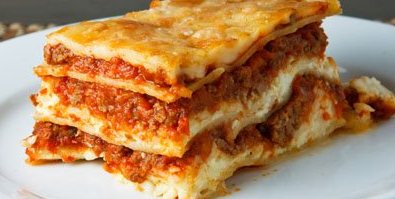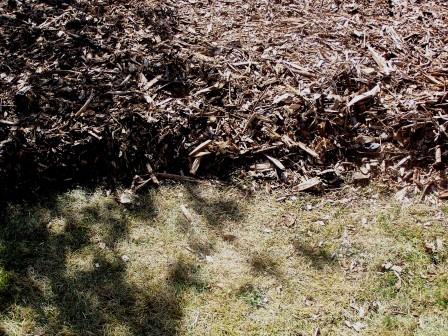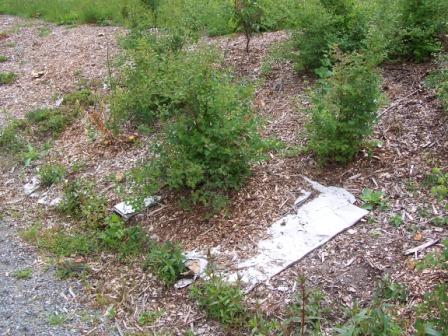Several years ago I posted a four-part discussion about permaculture and my concerns with the blend of philosophy, science and pseudoscience that it contains. (Here are links to Parts 1, 2, 3 and 4.) So I was pleased to be part of an Extension tour group that visited an established permaculture farm in the San Juan Islands earlier this spring. This gave me an opportunity to see whether there was any perceptible shift in the permaculture community towards practices based on applied plant and soil sciences. Specifically, I chose to look for invasive species identified as noxious weeds that many permaculturists cultivate rather than eradicate.
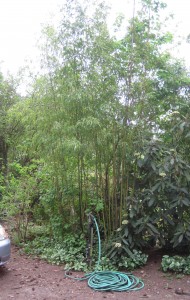
Our spring came early this year, and the islands were blindingly yellow with the Scots broom that runs rampant there (and throughout the West). This species is a Class B listed noxious weed in Washington State and has been mandated for control by San Juan County. So I was surprised and disappointed to see it and other related broom species not only present at this farm but used actively as nitrogen fixing species.
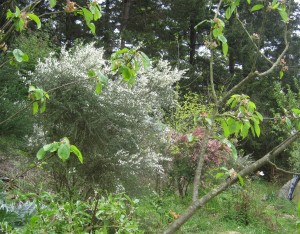
The practice here is to plant broom or some other nitrogen fixing species right next to a fruit tree as a “companion plant.” While the idea is logical, the choice of species is not. There are many other plants, including legumes and alders, which grow well in our area and would provide the same benefit.
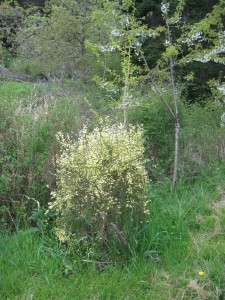
There is nothing that can excuse the deliberate use of a listed noxious weed that’s mandated for control by local government. Permaculturists should endeavor to be good citizens and not infringe on the rights of their neighbors who don’t share their philosophy.
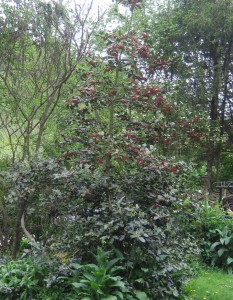
WSDA noxious weed listings for species mentioned in this post:
Scots broom
French broom
Spanish broom
Yellow archangel
English holly
